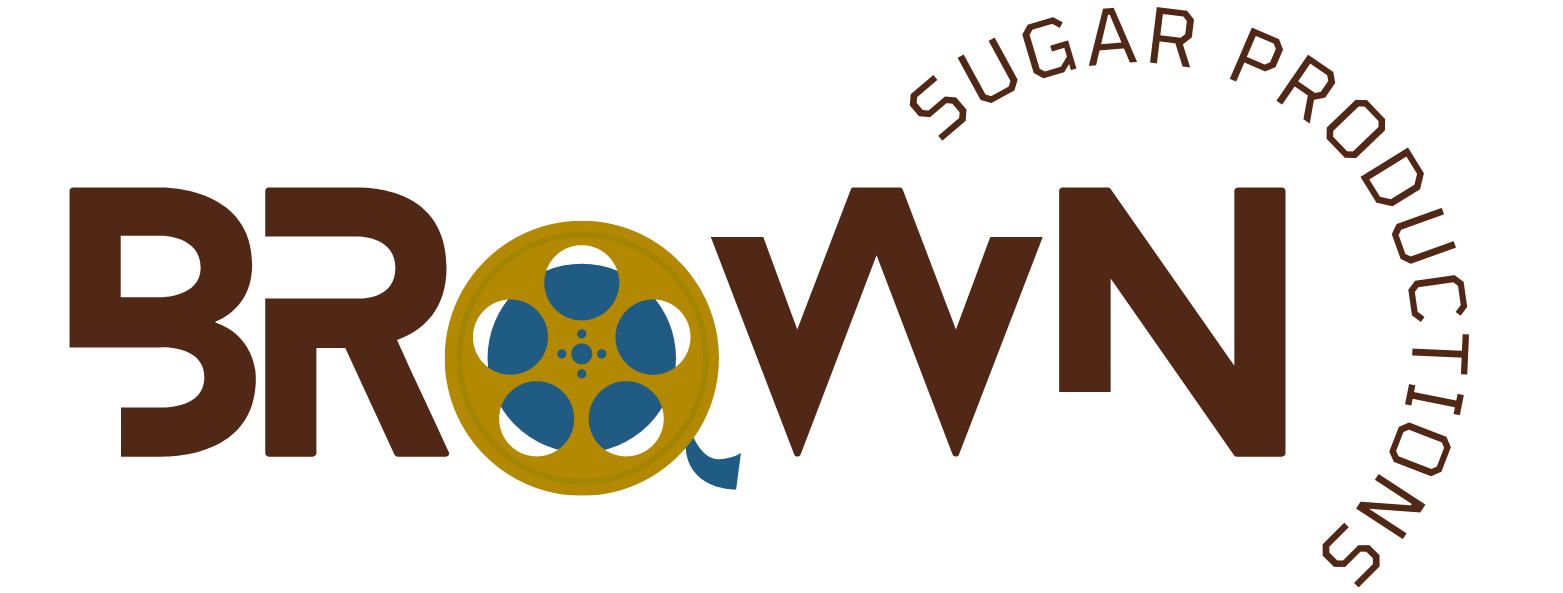
the challenges we face shooting on location
One of the most exciting aspects of my job is the opportunity to create visual worlds that transport audiences to different places and times.
However, shooting on location comes with its own set of challenges that can sometimes make it difficult to bring a director’s vision to life.
A big challenge of shooting on location is that we’re often working with spaces that were not designed with film production in mind.
This means that we have to be creative in adapting the location to fit our needs, while also ensuring that it looks natural and believable on screen.
For example, if we’re shooting a scene in a rundown apartment building, we might need to add certain elements like peeling paint or broken windows to make it look more dilapidated.
Natural Lighting
Another challenge of shooting on location is that we have to work with the natural lighting available in the space, which can vary greatly depending on the time of day and weather conditions.
This means that we need to be flexible and adaptable, and sometimes make last-minute changes to our lighting setups to make sure that we’re capturing the right mood and atmosphere.
In addition to these technical challenges, shooting on location can also be logistically challenging. We often have to work around other people and events in the location, which can sometimes limit our access to certain areas or make it difficult to control the environment. For example, if we’re shooting in a public park, we might have to deal with noise from nearby construction or events, or deal with unexpected crowds.
Despite these challenges, shooting on location can also provide unique opportunities to create stunning visual moments that wouldn’t be possible in a studio or controlled environment.
For example, shooting in an old castle or historical site can add a level of authenticity and detail to the scene that would be hard to replicate on a set.
Shooting on location also allows us to capture the natural beauty of a location, whether it’s a sunset over a city skyline or a misty morning in the forest.


overcomming some of these challenges
To overcome these challenges, I always work closely with the director and cinematographer to understand their vision for the scene and how we can best capture it on location.
This often involves scouting the location ahead of time and working with the production team to make any necessary modifications or additions to the space.
incorporating the location into the art direction
One technique I often use is to incorporate the location itself into the art direction, rather than trying to fight against it.
For example, if we’re shooting in an old factory with peeling paint and rusted metal, we might embrace these elements and use them to create a gritty, industrial look that fits with the scene.
the use of lighting & camera angles
Another technique is to use lighting and camera angles to highlight the strengths of the location and draw attention away from any weaknesses.
For example, if we’re shooting in a dark alleyway, we might use strategically placed lights to create interesting shadows and depth, or use camera angles that obscure any distracting elements in the background.
Final thoughts
Shooting on location can present unique challenges for a Production Designer, but with the right approach and collaboration with the director and cinematographer, it can also lead to stunning visual moments that enhance the story and transport audiences to different worlds.
By adapting our art direction approach to fit the location, we can create believable and immersive visual worlds that help bring the director’s vision to life.






Leave a comment